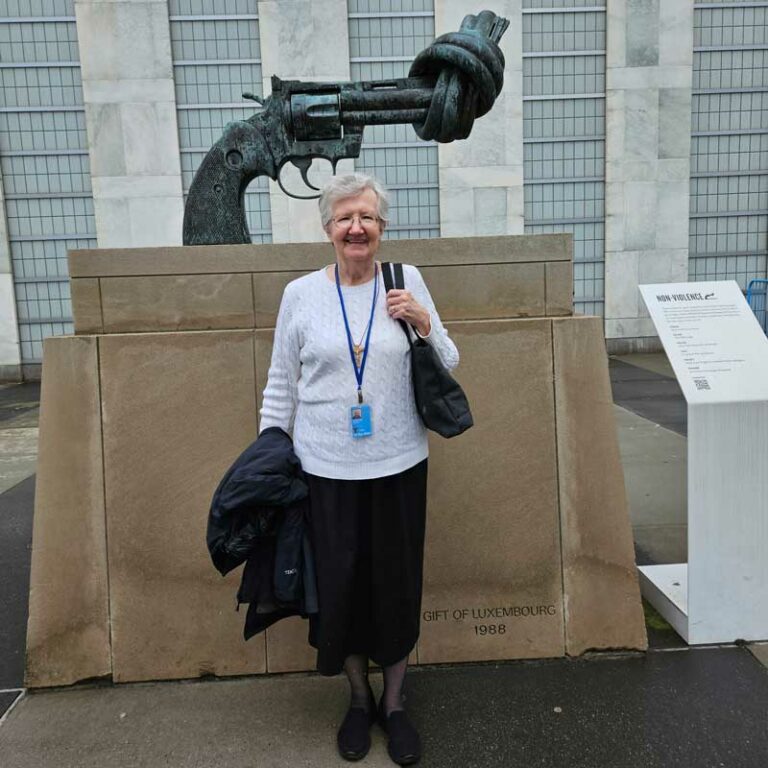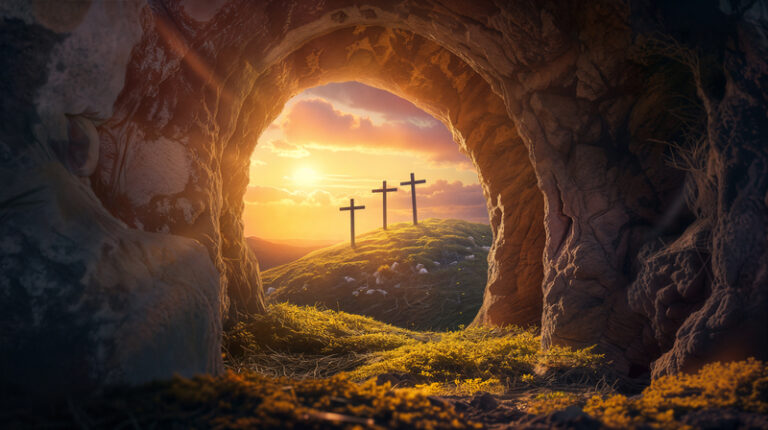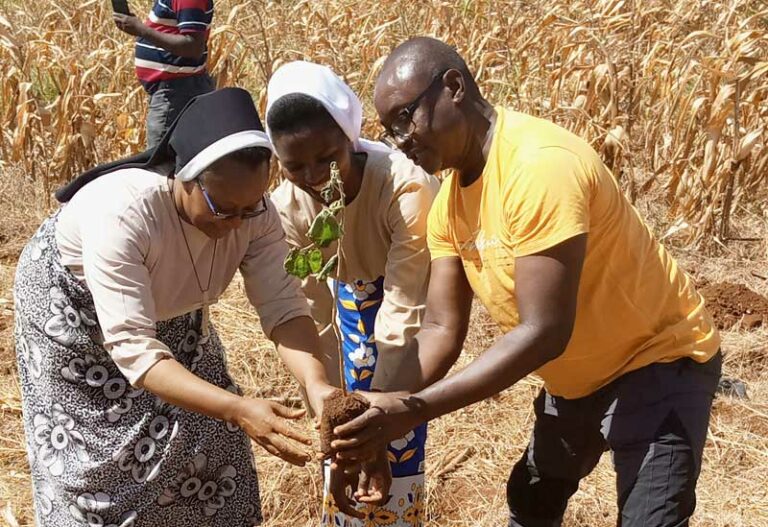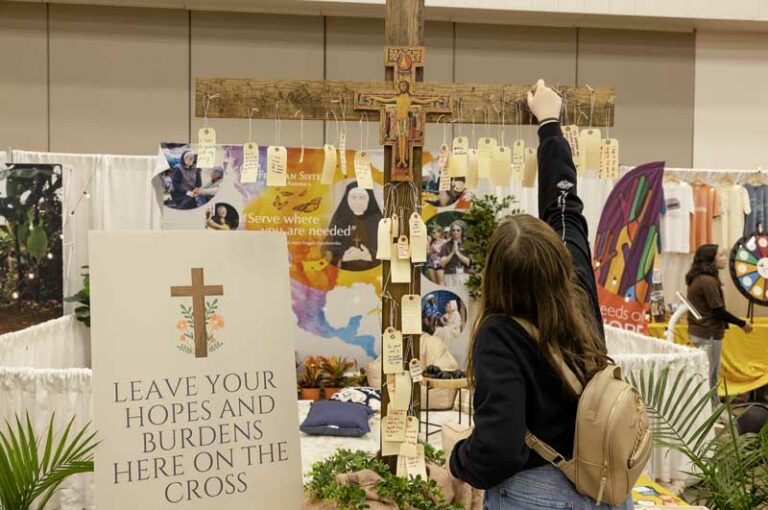Serving where needed since 1874
Founded in Poland in 1855, the Felician Sisters are a congregation of women religious inspired by the spiritual ideals of their foundress, Blessed Mary Angela Truszkowska, and Saints Francis of Assisi, Clare of Assisi and Felix of Cantalice. Arriving in North America in 1874 following Blessed Mary Angela’s directive “to serve where needed,” they helped to weave the social service system. Today, the Felician Sisters founded, sponsor or support through the presence of our sisters, more than 40 ministries – all continuing to evolve to meet the needs of the people they serve.
Provincial Offices
Provincial Information











